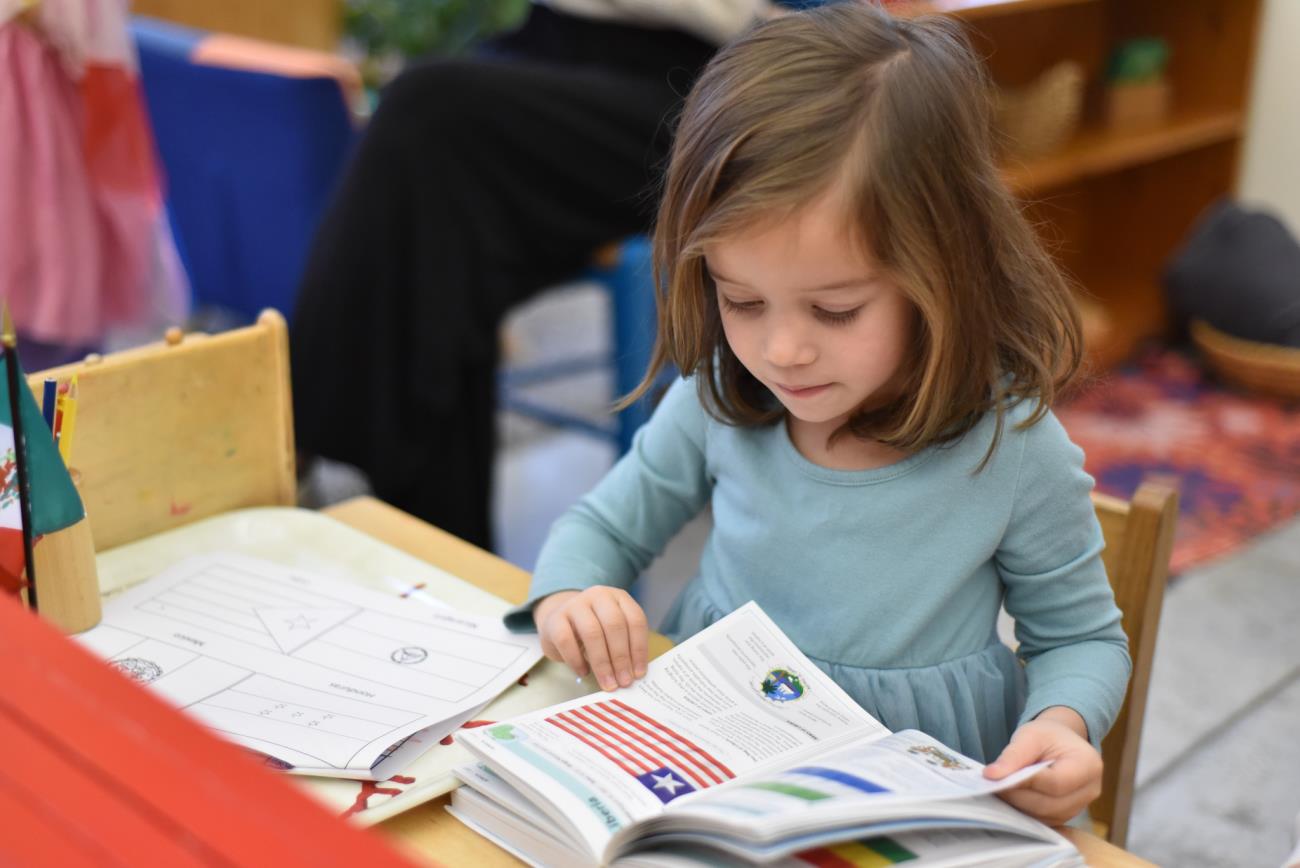The Montessori Method would not exist without Dr. Montessori’s careful and scientific observation of children. Although the first Montessori environment was not designed for an educational experiment, the children revealed new characteristics of human development that were previously unknown. Dr. Montessori observed that children are far more capable than adults often assume, and they have inner needs that must be satisfied in order to continue developing in an optimal way. Montessori describes her observations as a “series of surprises” that led her to study the conditions that made the phenomenon possible. These conditions are now the guiding principles for Montessori classrooms and observation continues to be the most important tool in our work.
During observation, your child’s guide writes detailed and objective descriptions of the children as they work, socialize and move around the classroom. They write only what their eyes see and are trained to avoid making assumptions or drawing conclusions. Guides later analyze the information to inform lesson planning, create engaging materials and assess understanding. We remind ourselves that, “the less we act, the more we see”. Without formal observation, adults would miss some of the most magical windows into children’s understanding of the world.
Observation, however, is not just an isolated task of the guide during the school day. It is much more than a daily responsibility of the adults in a classroom. Observation is the key to understanding the true nature of the child in any environment. It is the tool needed to change adults’ perception of the child and erase many prejudices. It is also one of the vital components missing from traditional education.
As a caregiver at The Children’s House, you have a unique opportunity to observe your child at school. It is not often that a caregiver can carefully and unobtrusively watch their child without having to supervise or intervene. Treat the experience as a gift. During observation, you will be sitting quietly, not directing or interacting, not asking them to show you something and not rescuing them during challenges. This will feel really different. Here are few reminders to think about as you prepare to observe:
- Remember you’re bringing your own memories and past experiences with you. Try to come without expectations and avoid judging. Be aware of the limitations and be as objective as possible.
- Find gratitude in being able to watch your child create himself through activity.
- Ask yourself these questions while observing:
- Are they able to go back to their work after being interrupted?
- How long have they been concentrating?
- What do their social interactions look like?
- When do they seem joyful?
- Observation does not have to be limited to the classroom. Try it at home too!
- Please make an appointment to observe through our two-way windows by emailing Renee Hintz.
Do you want to dive a little deeper into the topic of observation? Head to our adult library in the administration wing and check out Mary Caroline Parker’s essay on the art of observation!
